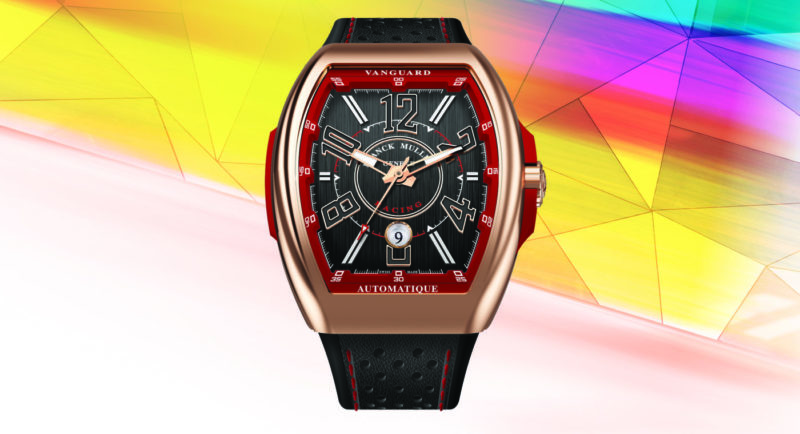By Roberta Naas:
If you Google it, the term “sports watch” has a lot of different definitions. Not all of them are correct. In fact, one definition says that a sports watch must combine water resistance with a stopwatch and an alarm. Another definition says it must be a tactical watch with LED lighting. The list goes on and on – with most definitions being only partially accurate.
The truth is that what defines a sports watch is a host of factors. Among them: its function-ability for the specified use. Sports watches should be water-resistant (to varying degrees based on the end use). They should be made of durable material such as titanium, carbon or steel that can take a bit of a beating without being damaged. Similarly, their crystals should be made of an equally as shock-resistant material.
Sports watches should be highly legible. Let’s face it, if you’re climbing a mountain or flying a plane at night, you want to be able to glance at that watch and see the time instantly. Typically, a sports watch will have luminous hands and markers for easy readability, and often they will be clean in design.
Additionally, a sports watch should have functions built into it that are useful for the activity. A stopwatch – or chronograph – is great for a runner or a racer (as is having a tachymeter scale for measuring speeds or distances), but may be less important for a diver. Divers might want rotating, ratcheted bezels for measuring dive and resurfacing times. If you’re into hiking, camping and climbing, you may prefer a watch that offers altimeters, compass points and other information. Other sport-related functions include alarms, tide indications, regatta functions and more.
For those who are into truly rugged sports, ones that amass G-forces and shocks, having a mechanical movement with added shock resistance is critical. Many fine sports watches are built with an Incabloc (or similar) shock-absorption system that includes a spring-loaded mounting system to support the bearings of the balance wheel, protecting the balance wheel pivots and giving it a little latitude either vertically or horizontally when it is jarred. Some haute horology brands are even turning to implementing their own systems using pulleys and other shock-resistant methods.
Lastly, we have to admit that looks also play a role in defining a sports watch. Rarely will you find an ultra-thin complicated watch doubling as a sports watch. Generally, sports timepieces have a certain look to them—often one that correlates to its use. Many sports watches inspired by the world of automobile racing, for instance, will have bright colored dials or bold-hued accents. Typically, though, the looks are offered as backup to all of the afore-mentioned sports watch defining criteria.
This article was featured in the October 2019 issue of duPont REGISTRY.
More Watch News:
- Motorsports-Inspired Chronoswiss Regulator Classic Carbon Racer Revealed
- Palladium MB&F Legacy Machine 101 Announced: Limited to 18
- Richard Mille Unveils RM 52-06 Tourbillon Mask
- TAG Heuer Unveils Monaco 2009-2019 Limited Edition
- Pharrell Williams x Richard Mille Watch is Out of This World
